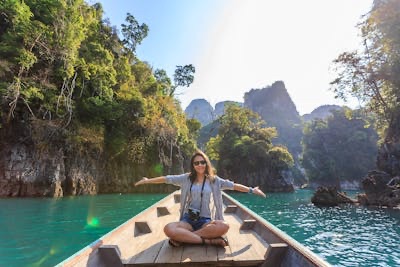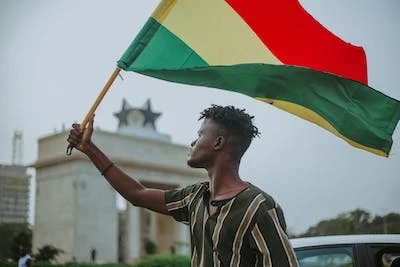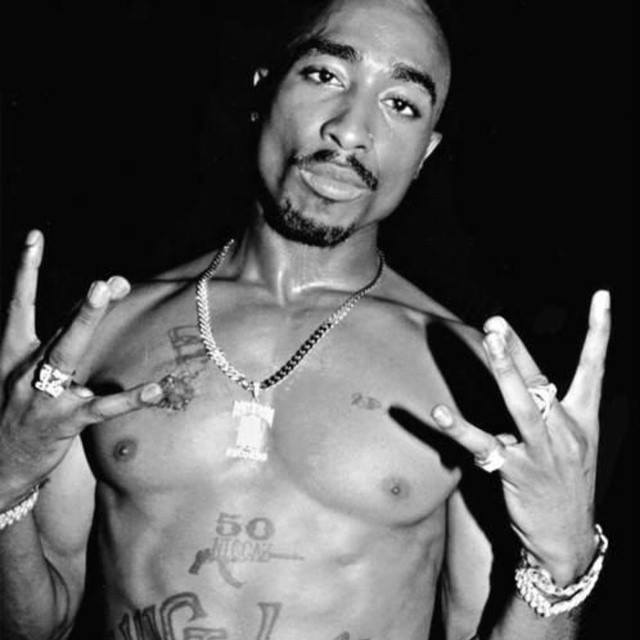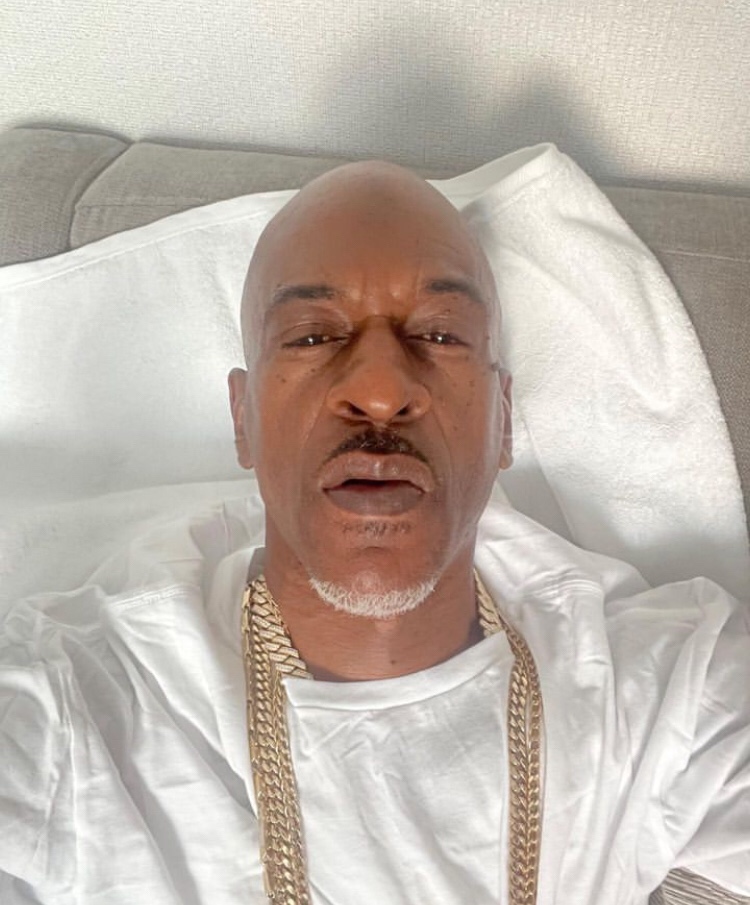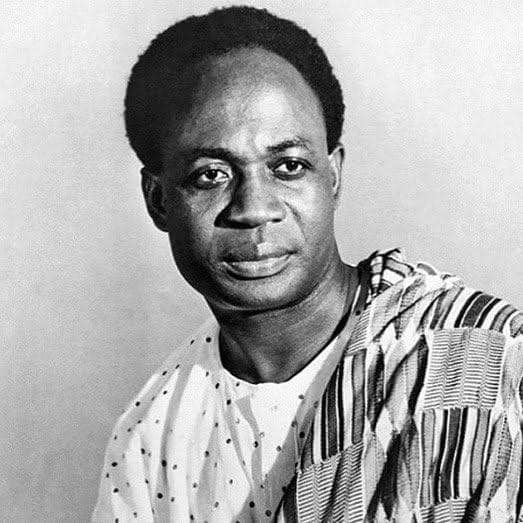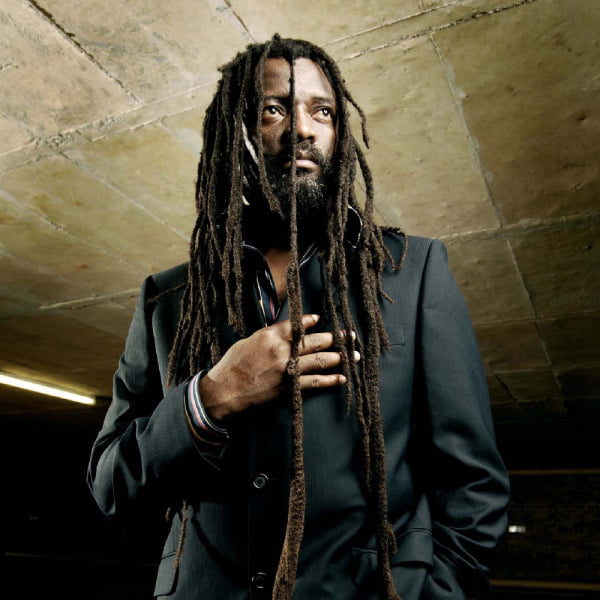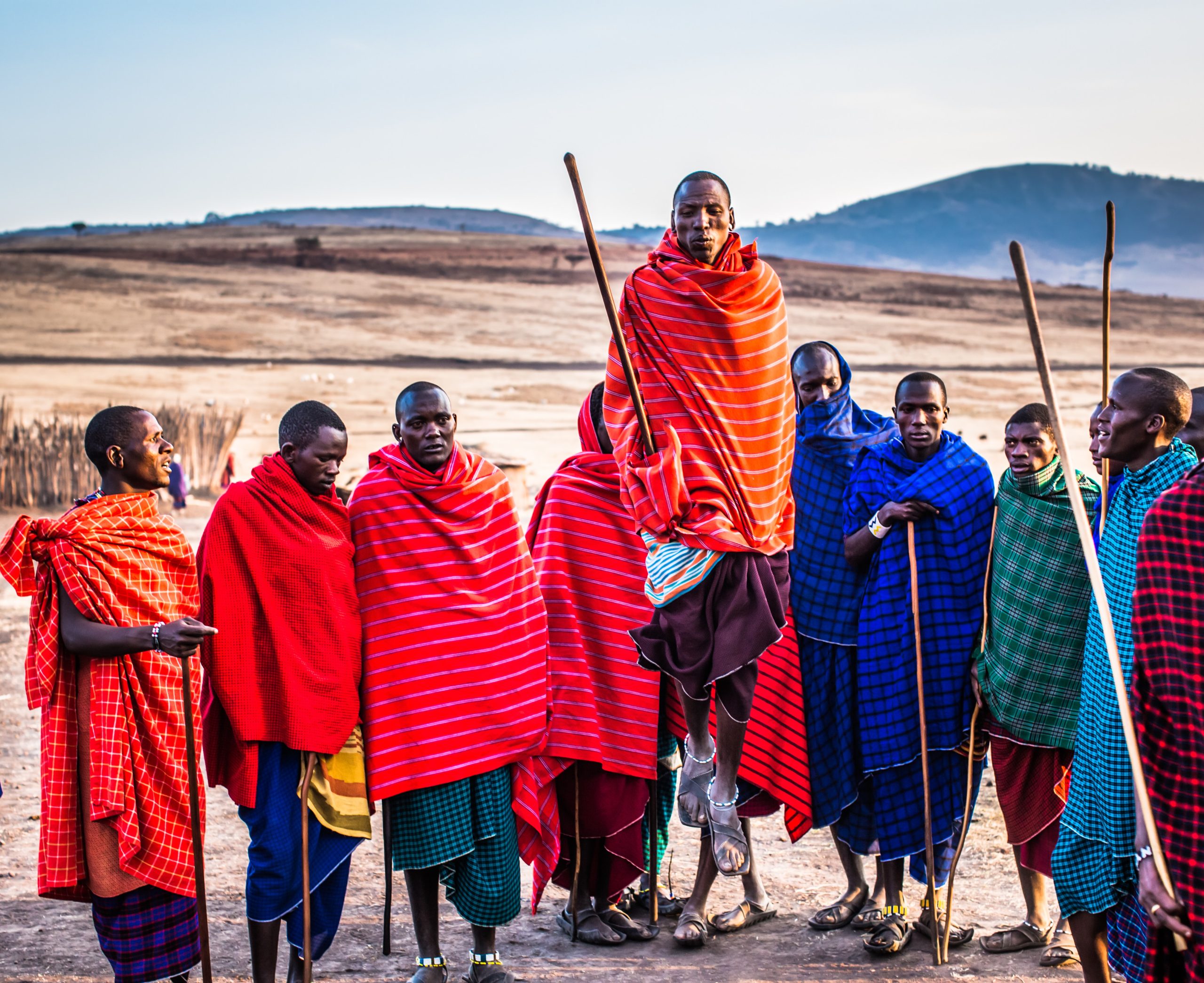
African Tribes
Africa is a continent with diverse cultures and numerous indigenous tribes. It is important to note that Africa is home to over 1.3 billion people and more than 3,000 distinct ethnic groups, each with its own unique traditions, languages, and customs.
Here are some examples of well-known African tribes:
1. Maasai

The Maasai are a Nilotic ethnic group residing primarily in southern Kenya and northern Tanzania. They are well-known for their distinctive customs, clothing, and semi-nomadic lifestyle. Here is some information about the Maasai:
- Cultural Significance: They have a rich cultural heritage that includes unique traditions, rituals, and a strong sense of community. They have managed to preserve their traditions despite the encroachment of modernization.
- Language: The Maasai people speak Maa, a Nilotic language. However, due to globalization and increased interaction with other communities, many Maasai individuals also speak the official languages of Kenya (Swahili and English) and Tanzania (Swahili and English).
- Lifestyle: Traditionally, the Maasai were nomadic herders, relying mainly on cattle for their livelihood. Cattle play a central role in their culture and are considered a measure of wealth and status. The Maasai’s semi-nomadic lifestyle involves moving their herds to different grazing areas in search of water and pasture.
- Dress and Adornment: The Maasai are renowned for their vibrant and distinctive clothing. They are often seen wearing traditional attire, which includes colorful shukas (sheets of fabric) wrapped around their bodies. Both men and women adorn themselves with beaded jewelry, including necklaces, bracelets, and earrings, which hold cultural and symbolic significance.
- Warrior Culture: Maasai warriors, known as morans, have a significant role in Maasai society. They undergo a rite of passage that marks their transition from adolescence to adulthood. The morans are responsible for protecting their communities and livestock from threats such as predators and raiders.
- Dwellings: Maasai traditionally live in small, circular mud huts called bomas. These structures are constructed by women using a combination of mud, sticks, grass, and cow dung. Each boma usually consists of several huts, including separate ones for the husband, wives, and animals.
- Challenges and Changes: The Maasai face various challenges in the modern world. Land fragmentation, loss of grazing areas, and conflicts with wildlife conservation efforts have posed significant difficulties for their traditional way of life. However, many Maasai have also adapted to changes and embraced new opportunities, such as engaging in tourism and selling their handmade crafts.
- Tourism and Cultural Exchange: The Maasai people have become an iconic symbol of East African culture, attracting tourists who are interested in experiencing their unique traditions. Some Maasai communities have opened their villages to visitors, offering cultural tours, traditional dances, and handicrafts as a means of income generation.
It is important to note that the Maasai culture is diverse, and there may be variations in practices and beliefs among different Maasai communities. Additionally, as with any ethnic group, changes and adaptations occur over time, influenced by various factors such as globalization and interactions with neighboring communities.
READ ALSO: 10 Cultural Sites in Africa
2. Zulu

The Zulu people are a Bantu ethnic group native to South Africa. They are the largest ethnic group in the country, with an estimated population of around 11 million people. The Zulu people have a rich cultural heritage and have played a significant role in the history of South Africa.
The Zulu people originated from the Nguni people who migrated to the southeastern region of Africa around the 16th century. Under the leadership of King Shaka Zulu in the early 19th century, the Zulu Kingdom became a powerful and influential force in the region. Shaka Zulu introduced military reforms and tactics that made the Zulu warriors highly effective in battle.
The Zulu Kingdom eventually came into conflict with the British colonial forces in the late 19th century during the Anglo-Zulu War. Despite putting up a fierce resistance, the Zulu were eventually defeated, and their kingdom was incorporated into the British colony of Natal.
Zulu culture is known for its strong social structure, traditional ceremonies, and vibrant arts. The Zulu language, isiZulu, is one of the most widely spoken languages in South Africa and is an official language of the country. Traditional Zulu attire, such as the colorful beadwork and headpieces, is often worn during cultural events and celebrations.
Zulu society is organized around the concept of clan and kinship. Each clan is led by a chief who is responsible for the welfare of the community. Traditional Zulu beliefs include a belief in ancestral spirits, and ceremonies and rituals are often conducted to honor and communicate with the ancestors.
In modern times, many Zulu people live in urban areas, but there are still rural communities that maintain traditional ways of life. The Zulu people have made significant contributions to South African society in various fields, including politics, arts, sports, and academia.
3. Ashanti

The Asante (also spelled Ashanti) tribe is an ethnic group indigenous to Ghana, located in West Africa. They are one of the largest ethnic groups in Ghana and have a rich history and culture.
The Asante people have their own language called Twi, although English is widely spoken in Ghana as well. The traditional religion of the Asante is a combination of ancestral worship, belief in a supreme being called Nyame, and the veneration of natural objects such as rivers and trees.
The Asante tribe is well-known for their historical empire, the Asante Kingdom or Ashanti Empire, which was established in the 17th century. The empire was known for its powerful military, rich gold resources, and skilled craftsmanship. It played a significant role in the transatlantic slave trade, as the Asante sold captives to European slave traders in exchange for firearms and other goods.
Asante society is organized in a hierarchical manner, with a king (Asantehene) serving as the paramount ruler. The Asantehene is highly revered and plays a central role in the cultural and political life of the Asante people. The Asante Kingdom has a complex system of governance, with various chiefs and sub-chiefs responsible for administering different regions.
Art and craftsmanship are highly valued in Asante culture. They are known for their skilled weaving, wood carving, pottery, and goldsmithing. Kente cloth, a colorful and intricately woven fabric, is one of their most famous artistic creations. The Asante also have a rich oral tradition, with storytelling and proverbs playing an important role in their culture.
The Asante tribe celebrates various festivals throughout the year, with the most famous being the Ashanti Yam Festival (also known as the Odwira Festival). During this festival, the Asante people give thanks to the gods for a bountiful harvest and honor their ancestors.
In modern times, the Asante people continue to maintain their cultural traditions and hold prominent positions in Ghanaian society. They have also spread to other parts of the world through migration, and Asante communities can be found in countries such as the United States, Canada, and the United Kingdom.
4. Himba
The Himba tribe is an indigenous group of people living in the northwestern region of Namibia, primarily in the Kunene Region. They are semi-nomadic pastoralists and have maintained their traditional way of life despite modern influences.
Culture and Lifestyle: The Himba people have a distinct culture and lifestyle that is deeply rooted in their traditions and beliefs. They are known for their unique appearance, characterized by the red ochre paste they apply to their skin and hair. This paste is made from a mixture of butterfat, ochre pigment, and aromatic resin, and it serves both a cosmetic and a protective purpose against the harsh desert environment.
Himba society is organized in a semi-nomadic manner, and their livelihood is centered around cattle herding and agriculture. They primarily rely on livestock, such as cattle, goats, and sheep, for sustenance and trade. They have extensive knowledge of their environment and are skilled at finding water sources and grazing lands for their herds.
The Himba people live in traditional homesteads called “oshanas,” which consist of huts made from a combination of mud, dung, and straw. These huts are usually arranged in a circular fashion, surrounding a central livestock enclosure. Each homestead is headed by a senior male, known as the “otjherero,” who is responsible for making important decisions for the family.
Social Structure and Beliefs: The Himba have a communal social structure, and their society is organized around clans and extended families. They place a strong emphasis on community and cooperation, with a shared responsibility for child-rearing and the well-being of the group as a whole.
Their religious and spiritual beliefs are deeply intertwined with their daily lives. They have a complex ancestral worship system and believe in the presence of a supreme being, Mukuru, who is the creator and protector of all life. Ancestors also hold significant importance, and the Himba often consult with them through prayers and rituals for guidance and blessings.
Gender roles within the Himba community are quite distinct. Women are responsible for domestic tasks such as milking, cooking, and collecting water, while men take care of herding livestock and other outdoor activities. The women’s red ochre hairstyles indicate their age and marital status, and they are responsible for the preparation and application of the ochre paste.
Interaction with the Outside World: The Himba people have largely managed to maintain their traditional way of life, despite increasing contact with the modern world. However, they have also faced challenges such as land encroachment, limited access to healthcare and education, and the influence of Western values.
In recent years, there has been a growing interest among tourists in visiting Himba communities, which has led to concerns regarding the preservation of their culture and the potential exploitation of the tribe. It is essential for visitors to respect their customs, seek permission, and engage in responsible tourism practices.
Overall, the Himba tribe represents a rich cultural heritage and serves as a reminder of the diversity and resilience of indigenous communities in Africa.
5. Berber
The Berber people, also known as Amazighs, are an ethnic group indigenous to North Africa, particularly the Maghreb region, which includes modern-day Morocco, Algeria, Tunisia, Libya, and parts of Mauritania, Mali, and Niger. The Berbers have a rich cultural heritage and a long history that predates the Arab conquest of North Africa.
The term “Berber” is derived from the Greek word “barbaros,” which means “barbarian” or “non-Greek speaker.” However, the Berber people refer to themselves as Amazigh, which means “free people” or “noble men” in their own language.
The Berber language, known as Tamazight, is a group of closely related languages and dialects. Tamazight is considered part of the Afro-Asiatic language family, which also includes Arabic, Hebrew, and Hausa. The Amazigh language has its own unique script called Tifinagh, which was used historically and has been revived and adapted for modern usage.
The Berber people have a diverse range of customs, traditions, and cultural practices that vary across different regions and tribes. They have a long history of farming, herding, and trading. Historically, many Berber tribes were organized into clan-based structures with their own leaders and social systems.
In terms of religion, the Berber people have a mix of beliefs, including Islam, which was introduced to the region during the Arab conquest. However, many Berbers also maintain pre-Islamic religious and cultural practices, such as animism and reverence for nature.
Throughout history, the Berber people have experienced various external influences and colonial rule, including the Phoenicians, Romans, Vandals, Byzantines, Arabs, and Europeans. Despite these influences, the Berber culture and identity have remained resilient, and there have been ongoing efforts to promote and preserve Amazigh language and culture.
In recent years, there has been a resurgence of Berber cultural pride and activism, with demands for recognition of the Amazigh language and culture in the political, educational, and social spheres. Several countries in the Maghreb region, such as Morocco and Algeria, have recognized Tamazight as an official language alongside Arabic, and there have been initiatives to promote Berber cultural festivals, music, and arts.
Overall, the Berber people are an integral part of the cultural mosaic of North Africa, with a rich heritage and diverse traditions that continue to shape the region’s identity.
6. Yoruba
The Yoruba people are an ethnic group located primarily in southwestern Nigeria, as well as in some parts of neighboring Benin and Togo. They are one of the largest ethnic groups in Africa, with a rich cultural heritage and a significant influence in the region.
Language: The Yoruba people speak the Yoruba language, which is a tonal language and one of the major languages in Nigeria. It has numerous dialects but is generally mutually intelligible across the different regions.
Religion: The Yoruba people have a traditional religion known as Yoruba religion or Ifa, which involves the worship of various deities and ancestral spirits. Many Yoruba people also practice Christianity or Islam, introduced through colonization and trade.
Art and Culture: Yoruba culture is renowned for its vibrant and expressive art forms. They are known for their intricate beadwork, woodcarvings, brass and bronze sculptures, textiles, and pottery. Yoruba music, drumming, and dance are also significant aspects of their cultural expression.
Social Structure: The Yoruba have a hierarchical social structure. The extended family is highly valued, and kinship ties play a crucial role in society. Traditional rulers, known as obas, hold authority over specific territories and serve as custodians of the culture and traditions.
Education: The Yoruba people place a strong emphasis on education. Historically, they had well-established systems of traditional education, with children being taught by elders in various aspects of life. Today, Western-style education is also widely practiced among the Yoruba.
Notable Yoruba Figures: The Yoruba have produced numerous influential individuals in various fields. Some notable figures include Nobel laureate Wole Soyinka, musicians Fela Kuti and King Sunny Ade, and political leaders such as Olusegun Obasanjo and Adebayo Adedeji.
Yoruba Diaspora: Due to historical factors such as the transatlantic slave trade, there is a significant Yoruba diaspora, particularly in the Americas, particularly Brazil, Cuba, Trinidad and Tobago, and other Caribbean islands. The Yoruba diaspora has preserved and adapted their cultural practices in these regions.
It’s important to note that this is a brief overview, and Yoruba culture and history are incredibly rich and diverse, with various subgroups and nuances.
7. San (Bushmen)

The San people, also known as the Bushmen or Basarwa, are indigenous hunter-gatherer people residing in Southern Africa. They are considered one of the oldest indigenous groups in the world, with a rich cultural heritage and a unique way of life.
Historically, the San people inhabited large parts of southern Africa, including regions in present-day Botswana, Namibia, South Africa, Angola, Zambia, and Zimbabwe. They have a deep connection to their ancestral lands and have developed extensive knowledge of their environments, allowing them to thrive in diverse and often harsh ecosystems.
The traditional San lifestyle centers around hunting and gathering activities. They are highly skilled hunters, using bows, poison-tipped arrows, and traps to catch game. Gathering wild plant foods, such as fruits, nuts, and tubers, is also an essential part of their subsistence strategy.
San society is traditionally organized into small, mobile groups called bands. These bands consist of several related families and typically number between 10 and 50 individuals. They have a strong emphasis on sharing and cooperation, with resources distributed among the group to ensure everyone’s well-being.
The San people have a rich cultural heritage, including a complex system of beliefs and practices. They have a strong spiritual connection to the natural world and believe in the presence of supernatural beings in their environment. Their religious beliefs often involve healing rituals, trance dancing, and the use of traditional medicines.
Unfortunately, the San people have faced numerous challenges throughout history, including land dispossession, discrimination, and marginalization. The encroachment of modern society, with its agricultural practices, mining activities, and conservation efforts, has often disrupted their traditional way of life and forced them to adapt.
In recent years, there have been ongoing efforts to protect the rights and cultural heritage of the San people. Organizations and governments are working together to address issues of land rights, education, healthcare, and social inclusion. These initiatives aim to ensure the preservation of the San culture and the recognition of their rights as indigenous peoples.
Overall, the San tribe is a resilient and culturally rich community that has made significant contributions to the diversity of Southern Africa. Despite the challenges they face, the San people continue to strive for cultural survival and the protection of their unique way of life.
8. Dogon
The Dogon tribe is an ethnic group that inhabits the Bandiagara escarpment in Mali, a country located in West Africa. They have a rich cultural heritage and are known for their unique religious beliefs, intricate artwork, and fascinating astronomical knowledge.
The Dogon people have a complex cosmology that centers around the worship of ancestral spirits and the supreme deity called Amma. They believe that Amma created the universe and everything within it. Their religious practices involve rituals, sacrifices, and ceremonies aimed at maintaining a harmonious relationship with the spiritual realm.
One of the most intriguing aspects of the Dogon tribe is their knowledge of astronomy. They possess a deep understanding of celestial bodies, including the stars and planets. In particular, their knowledge of the star system Sirius has attracted much attention. According to some Dogon beliefs, their ancestors received knowledge about Sirius and its companion star long before it was discovered by modern astronomers.
The Dogon people are also renowned for their art, particularly their wooden sculptures and masks. These artistic creations often depict ancestral figures, animals, and mythological beings. The Dogon art style is characterized by intricate carvings and symbolic representations.
Traditionally, the Dogon tribe has been an agricultural society, relying on farming for their sustenance. Millet, sorghum, and onions are some of the staple crops grown by the Dogon people. They also practice fishing and animal husbandry, rearing livestock such as goats, sheep, and chickens.
In recent times, the Dogon culture has faced challenges due to various factors, including drought, conflicts, and modernization. However, efforts have been made to preserve their cultural heritage, and tourism has played a role in raising awareness about the Dogon tribe and its traditions.
It’s important to note that some aspects of the Dogon tribe, particularly their astronomical knowledge and the alleged connections to ancient civilizations, have been the subject of debate and controversy. Some researchers argue that the claimed knowledge was influenced by contact with Western sources in the 20th century. Therefore, it’s essential to approach these topics with critical thinking and consider different perspectives when exploring the Dogon tribe.
These are just a few examples, and Africa has countless more tribes with their own distinct identities, languages, and cultural practices. It’s essential to recognize the vast diversity within the African continent.

